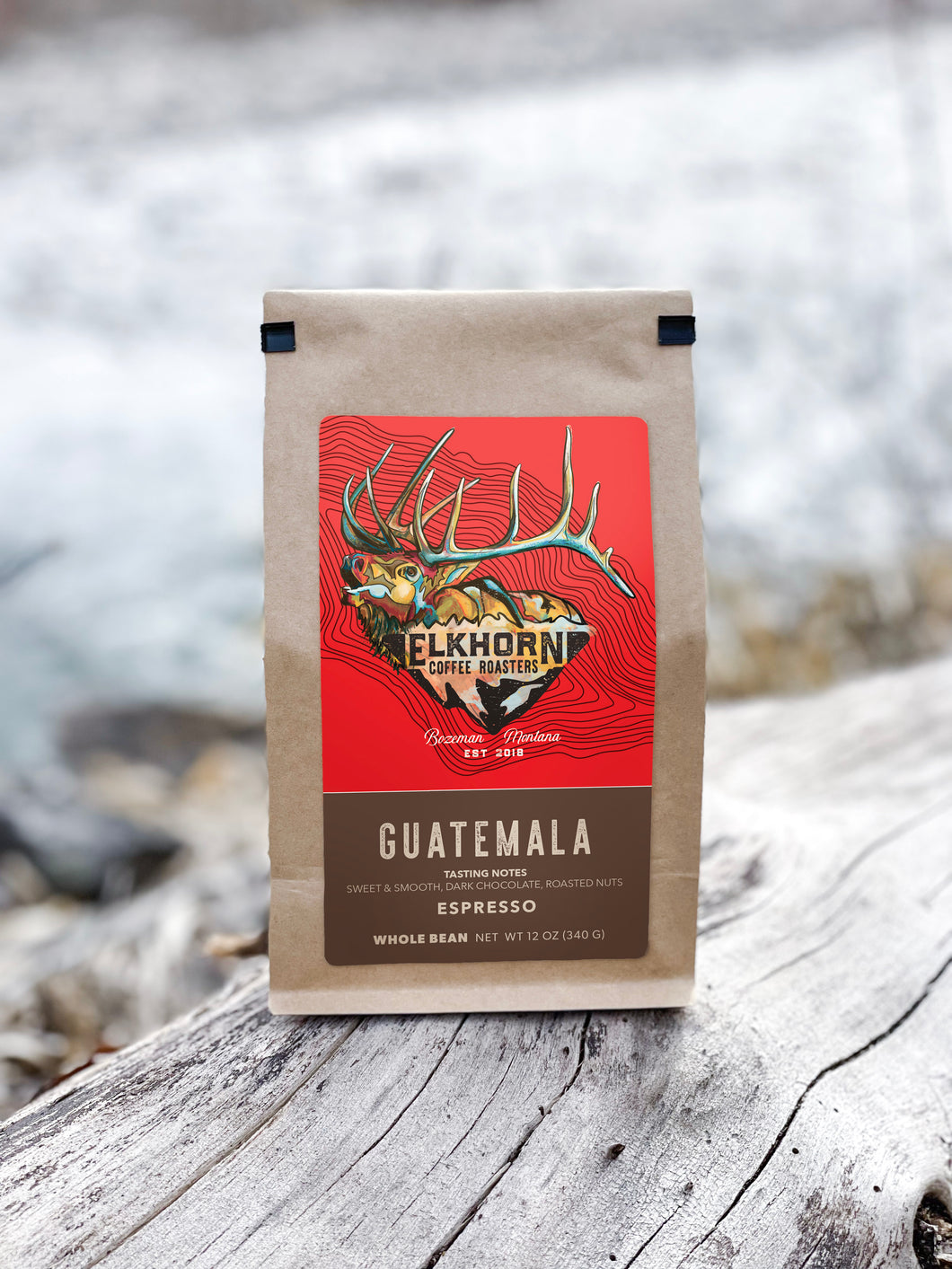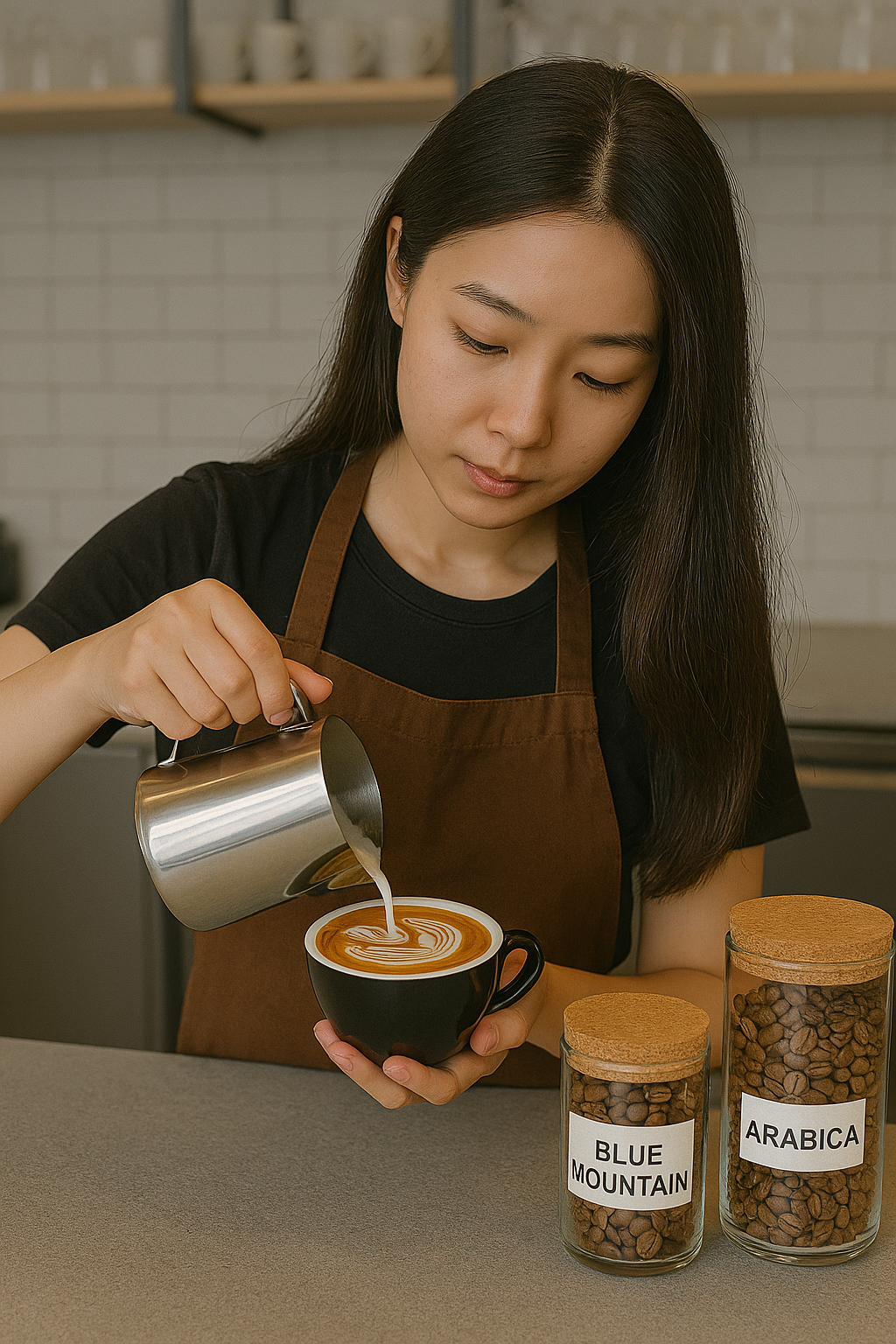Comprehending Coffee Beans: the Journey From Espresso to Blended Coffee Beans

The Origins of Coffee: A Worldwide Perspective
While you may think of coffee as a contemporary staple, its origins map back centuries, intertwining with cultures throughout the globe. The story starts in Ethiopia, where tale states a goat herder called Kaldi discovered the energizing results of coffee beans after noticing his goats romping vigorously after consuming them.
As trade paths broadened, coffee made its way to Europe in the 17th century, promptly acquiring popularity. It changed from a magical beverage into an everyday ritual, intellectual exchanges and motivating celebrations. Each culture included its special twist to coffee preparation, enriching its background. This global journey highlights just how coffee connects us, transcending borders and joining diverse traditions through a basic bean.
Cultivation and Harvesting of Espresso Beans
As coffee's trip advanced, the emphasis changed to the cultivation and harvesting of details bean varieties, especially those used for espresso. You'll locate that coffee beans usually originate from Arabica or Robusta plants, each offering distinct flavors. The optimal expanding problems include high elevations and abundant, well-drained soil, which improve the beans' high quality.
During the harvest, picking techniques differ. In some areas, employees hand-pick ripe cherries, making sure only the ideal fruit mosts likely to processing. In various other locations, mechanical farmers are used, especially on bigger farms. When the cherries get to peak ripeness for optimum flavor., timing is important; you want to collect.
When gathered, the beans are planned for processing, which is essential in establishing their last taste. Recognizing the growing and gathering processes provides you understanding right into what goes right into your favored coffee, enriching your appreciation for each cup.
Processing Approaches: From Cherry to Bean
Currently that you've found out about harvesting coffee beans, let's explore exactly how those cherries transform right into the coffee beans you like. You'll see just how various harvesting strategies influence flavor, adhered to by the crucial actions of fermentation and drying. We'll damage down the milling and grading procedure that identifies your coffee's quality.
Harvesting Techniques Explained
When it comes to coffee, recognizing harvesting techniques is important, since they directly affect the flavor and quality of the beans you delight in. Discerning choosing involves hand-picking just ripe cherries, ensuring you obtain the ideal high quality beans. Eventually, the selection of harvesting technique can considerably affect your coffee experience, so it's worth recognizing how those beans made it to your cup.
Fermentation and Drying
After gathering, the following action in processing coffee beans play a considerable duty in shaping their taste. You'll find that fermentation is essential, as it aids damage down the mucilage surrounding the beans, improving their preference account. Relying on the technique, this process can last from a couple of hours to several days, with varying outcomes based upon temperature level and moisture.
Sun-drying enables the beans to absorb flavors from the setting, while mechanical drying guarantees constant moisture levels no matter of weather condition. Correct drying out is vital to stop mold and mildew and maintain the beans' high quality, inevitably affecting your mug of coffee.
Milling and Grading Process
As fermentation and drying set the phase for taste development, the milling and grading procedure warranties that only the finest coffee beans make it to your cup. This stage entails removing the outer layers of the coffee cherry, including the parchment and husk. Top quality beans get a greater quality, resulting in a richer coffee experience.
Toasting Methods: Unlocking Flavor Prospective
When you roast coffee beans, the technique you select can considerably impact the taste profile. Understanding the partnership between time, temperature, and toasting techniques is essential to disclosing the possibility of your mixture. Let's explore just how these elements integrated to produce the excellent mug.
Roasting Techniques Explained
While you may assume that all coffee toasting methods produce the same results, the fact is that each technique exposes special flavor capacities in the beans. You can pick in between approaches like drum toasting, air roasting, or perhaps standard pan roasting. Drum toasting utilizes a revolving drum to equally disperse warm, boosting caramelization and creating a balanced flavor. Air roasting, on the other hand, distributes hot air around the beans, promoting a lighter roast with obvious acidity. Frying pan roasting enables for hands-on control however requires consistent attention to stay clear of burning. Each approach has its subtleties, so trying out with different strategies can help you uncover the excellent roast that straightens with your taste preferences. Appreciate the journey of finding your ideal cup!

Influence On Flavor Profile
Various roasting approaches not only affect the process however also considerably influence the flavor account of the coffee beans. Dark roasts, on the other hand, bring out bold, smoky flavors, often concealing the bean's unique features. Recognizing these subtleties helps you value the virtuosity behind your mug of coffee, enhancing your general experience with every sip.
Time and Temperature Level Factors
To release the complete taste possibility of coffee beans, both time and temperature during the toasting process play significant duties. When roasting, you'll locate that greater temperature levels can rapidly create flavors, however if you rush it, you may wind up with charred notes. Alternatively, lower temperatures permit for a much more gradual flavor development, showcasing the beans' distinct features.

Timing is just as vital; extending the roast also long can cause a loss of level of acidity and illumination, while too short a roast might leave the beans underdeveloped. Discovering that pleasant spot needs technique and trial and error. By changing these aspects, you can reveal the rich, intricate flavors hidden within each bean, creating a truly amazing coffee experience.
The Art of Blending: Crafting One-of-a-kind Coffee Accounts
Begin by selecting a base coffee that provides a strong foundation. A bright Ethiopian bean can bring fruitiness, while an abundant Brazilian coffee adds body.
As you mix, bear in mind that each mix narrates. You're not simply making coffee; you're developing an experience. Take your time, preference often, and delight in the journey of uncovering your trademark blend - Single Origin Espresso.
Brewing Methods: Exactly How Prep Work Influences Taste
Mixing coffee opens up a domain name of taste opportunities, but just how you brew that blend can significantly influence your last cup. On the various other hand, a pour-over highlights the coffee's clarity and brightness, ideal for showcasing delicate notes.
Espresso, with its high stress, produces a focused shot that accentuates sweetness and crema. If you favor a lighter mixture, think about a chilly mixture technique; it yields a smooth, much less acidic taste.
Eventually, experimentation is crucial. Adjusting variables like water temperature, grind size, and brew time can transform your coffee's profile. So, accept the art of developing to discover the tastes concealed in your coffee blends. The right technique can raise your experience to new elevations.
The Future of Coffee: Sustainability and Development
As the coffee industry progresses, sustainability and development are ending up being essential for dealing with ecological challenges and meeting customer demands. You'll notice that more coffee firms are taking on eco-friendly practices, from sourcing beans fairly to implementing sustainable farming techniques. These shifts not just help the world but also enhance the high quality of the coffee you appreciate.
You may see innovations like biodegradable product packaging and water-saving developing techniques that reduce waste. Advanced modern technology, such as blockchain, is likewise becoming popular, guaranteeing transparency in the supply chain, which enables you to trace your coffee back to its beginnings.
Furthermore, purchasing local communities and supporting farmers with reasonable profession initiatives fosters a more sustainable coffee ecological community. As you drink your following mug, bear in mind that your choices can contribute to a brighter future for coffee. By opting for lasting brand names, you're not just appreciating a beverage; you're making a positive impact on the world.
Frequently Asked Questions
What Is the Distinction Between Arabica and Robusta Beans?
Arabica beans are smoother, sweeter, and have a greater acidity, while robusta beans are more powerful, a lot more bitter, and have more caffeine. You'll observe these differences in taste and aroma when making your coffee.
Just How Does Altitude Affect Coffee Bean Flavor?
Elevation influences coffee bean taste considerably. Greater elevations create beans with brighter acidity and complex flavors, while reduced altitudes commonly generate beans that are larger and less nuanced. You'll observe these distinctions in your cup!
What Are the Health And Wellness Advantages of Alcohol Consumption Coffee?
Consuming alcohol coffee can improve your energy, boost mental focus, and also enhance Single Origin Espresso physical performance. It's rich in anti-oxidants, may decrease the risk of certain diseases, and can advertise a much healthier metabolic process when eaten in small amounts.
Can Coffee Beans Be Recycled for Developing?
Yes, you can reuse coffee beans for brewing, but the flavor could be weaker. If you take pleasure in trying out, attempt recycling them in various means, like chilly brews or including to shakes for an extra kick.
Exactly how Should I Store Coffee Beans for Quality?
To keep your coffee beans fresh, save them in an impermeable container in a cool, dark location. Stay clear of exposing them to light, dampness, or heat, as these variables can swiftly degrade their taste and scent.
Comprehending Coffee Beans: the Journey From Espresso to Blended Coffee Beans.
Now that you have actually learned about gathering espresso beans, let's check out just how those cherries transform into the coffee beans you like.When you roast coffee beans, the technique you choose can drastically influence the taste profile - Single Origin Espresso.While you might believe that all coffee roasting methods produce the same results, the reality is that each method discloses unique flavor capacities in the beans.Different roasting techniques not only influence the procedure but likewise significantly impact the flavor account of the coffee beans